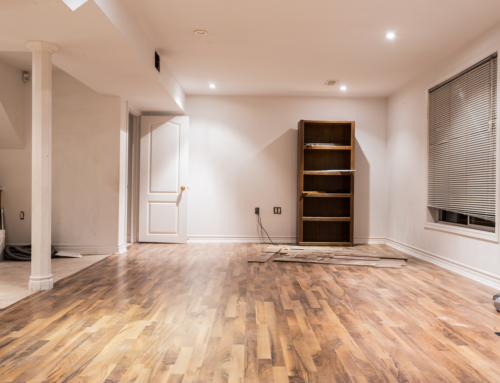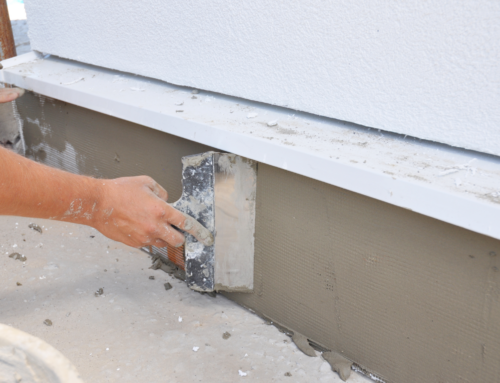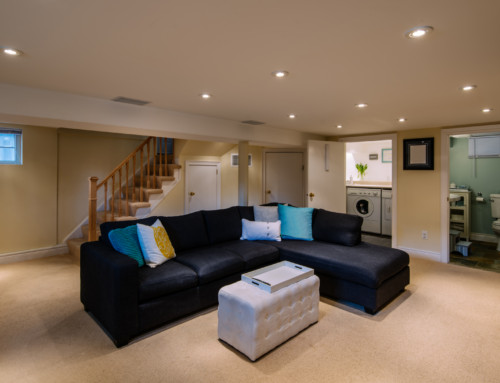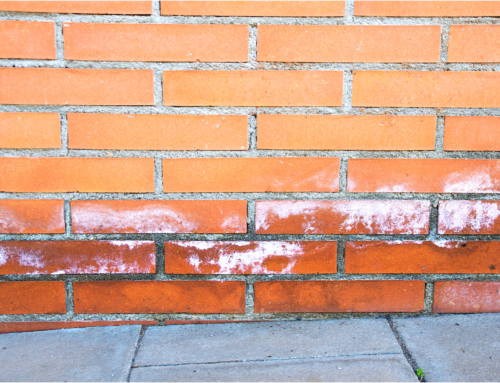Crawl spaces are often neglected areas of homes. They are small, unseen, and rarely accessed. Waterproofing a crawl space though is essential to keeping your home’s basement dry, and often our customers call us with questions about this relatively unknown area of a home.
Here are some of our customers’ frequently asked questions about crawl spaces:
What is a crawl space?
A crawl space is the small area under your home that is used to install and repair wiring and plumbing. They are extremely narrow, so it is often impossible to stand up in the space. Thus, they are called “crawl” spaces because you often have to hunch or lie flat on your back while using the space. These spaces are rarely finished. They have dirt or gravel flooring.
Why should I be concerned about my home’s crawl space?
Crawl spaces are underground, and unlike a basement, they are very rarely waterproofed in any way. They even lack a floor. Crawl spaces are very susceptible to leaks and flooding. This water can very easily lead to excessive humidity and mold in your home. Humidity can cause the mold which is a dangerous allergen. An unsealed crawl space can also cause heating problems as it allows heat to escape from your home.
Can a crawl space be used for storage?
Yes! Using a crawl space for storage is an excellent way to maximize your home’s storage capacity. However, the space must have a proper floor and insulation before it can be used.
How do I seal my home’s crawl space?
There are a number of different steps that may be needed to seal or encapsulate a crawl space. It really depends on the condition of the space before finishing begins. Steps may include filling any cracks, installing drain tile, or other techniques to prevent future leaking. Once the initial waterproofing is done, the crawl space can be finished with either a concrete floor or complete encapsulation.
Crawl Space Encapsulation
Crawl space encapsulation is the modern way to waterproof a crawl space. To do this, we fit the crawl space with custom designed, heavy-duty insulation and polyethylene vector barriers. This covers the entire space – floor and walls. We then seal these barriers in place for complete waterproofing.
Concrete Floor
This method was used for decades. First, a “vector barrier” is put down on the dirt floor. This is essentially a thick plastic sheet. It waterproofs the floor and insulates it. We then pour a concrete floor that is two or three inches thick. This method is not complete waterproofing as the walls are not insulated or finished. However, it does give your crawl space a waterproof base.
Will an encapsulated crawl space increase my home’s value?
Yes! As we have discussed before, dry basements increase home value, and an encapsulated crawl space is no different. The percentages will vary, of course, but you can never go wrong with a waterproofed space and additional storage.
How do I get started?
If you are interested in a complimentary estimate for crawl space encapsulation, contact us today by email or phone.







Leave A Comment